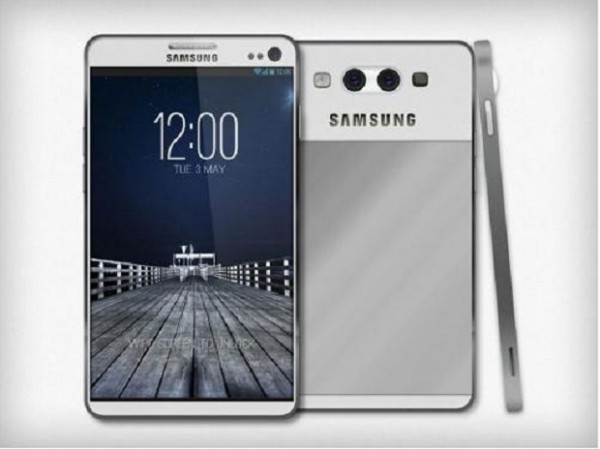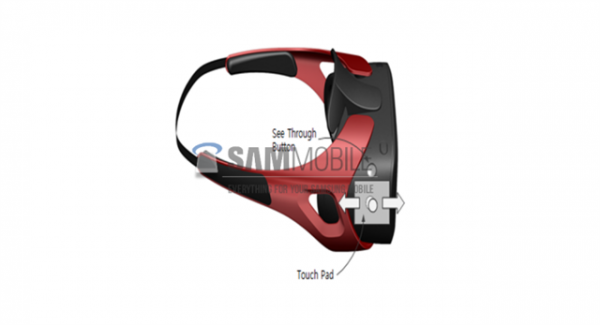
Not long ago, it was rumored that Samsung might be working on a standalone smartwatch, and now the rumors became reality in the form of the Gear S wearable.
Not being tied to a smartphone when using a wearable definitely feels great, and Samsung finally realized that. Its standalone smartwatch was first hinted at back in May, and now it has become very palpable. The Gear S (which was actually meant to be called Gear Solo, according to the rumors) has a few things that set it apart from the rest of the crowd, and Samsung surely hopes to capitalize on that.
First of all, it includes a 3G modem that enables the smartwatch to send texts, as well as place and answer calls without the need of a smartphone around. That’s definitely convenient, as there are plenty of situations where a smartphone could be cumbersome, rather than helpful. Armbands aside, when running or performing any other physical activities, smartwatches are definitely a better way of tracking the activity than a smartphone.
Secondly, Samsung Gear S, as its name suggests, is not part of the Android-running Galaxy family. Instead, it uses Samsung’s home-grown operating system, Tizen OS. This is yet another proof that the Korean tech giant intends to cut some of the cords that keep it tied to Google and its mobile OS.
In terms of technical specs, Gear S features a 2-inch AMOLED screen and a dual-core 1GHz CPU, along with 512MB of RAM, as anything more than that would practically be useless in such a device. As far as the internal storage is concerned, the 4GB that are available to the user should be more than enough for a lengthy playlist.
The motion and heart rate sensors will come useful when working out, even though there might be other situations when knowing your heart rate comes in handy. On top of that, the GPS sensor that’s accompanied by Nokia’s HERE pedestrian navigation software could prove useful for apps that are the equivalent of Endomondo for Android. Knowing the route that’s been covered while working out is good, in case you want to do it again sometime.
Samsung Gear S will be officially launched at IFA 2014 in Berlin, next week, and will start shipping in October at a yet to be disclosed price.
Be social! Follow Walyou on Facebook and Twitter, and read more related stories about the rumored standalone Samsung smartwatch, and the Timex Ironman One GPS+ smartwatch.

